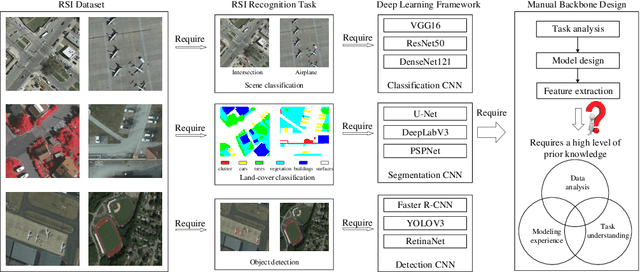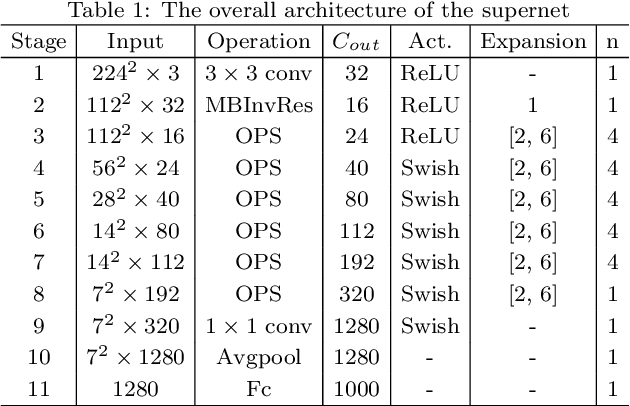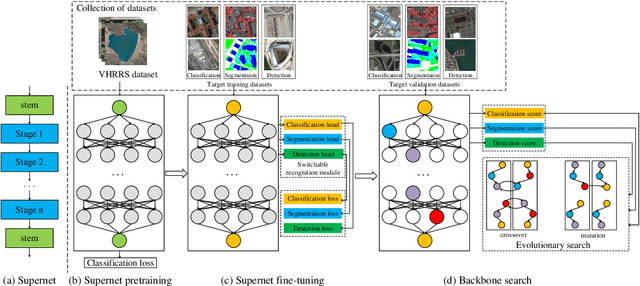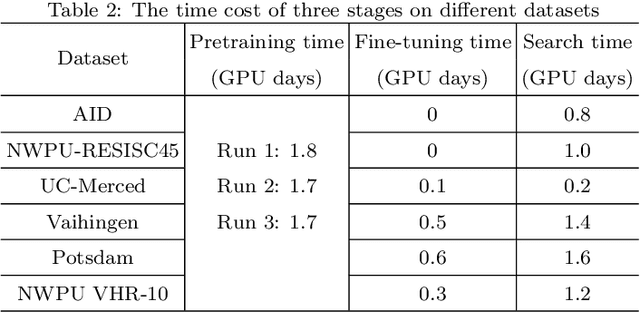RSBNet: One-Shot Neural Architecture Search for A Backbone Network in Remote Sensing Image Recognition
Paper and Code
Dec 07, 2021



Recently, a massive number of deep learning based approaches have been successfully applied to various remote sensing image (RSI) recognition tasks. However, most existing advances of deep learning methods in the RSI field heavily rely on the features extracted by the manually designed backbone network, which severely hinders the potential of deep learning models due the complexity of RSI and the limitation of prior knowledge. In this paper, we research a new design paradigm for the backbone architecture in RSI recognition tasks, including scene classification, land-cover classification and object detection. A novel one-shot architecture search framework based on weight-sharing strategy and evolutionary algorithm is proposed, called RSBNet, which consists of three stages: Firstly, a supernet constructed in a layer-wise search space is pretrained on a self-assembled large-scale RSI dataset based on an ensemble single-path training strategy. Next, the pre-trained supernet is equipped with different recognition heads through the switchable recognition module and respectively fine-tuned on the target dataset to obtain task-specific supernet. Finally, we search the optimal backbone architecture for different recognition tasks based on the evolutionary algorithm without any network training. Extensive experiments have been conducted on five benchmark datasets for different recognition tasks, the results show the effectiveness of the proposed search paradigm and demonstrate that the searched backbone is able to flexibly adapt different RSI recognition tasks and achieve impressive performance.
 Add to Chrome
Add to Chrome Add to Firefox
Add to Firefox Add to Edge
Add to Edge